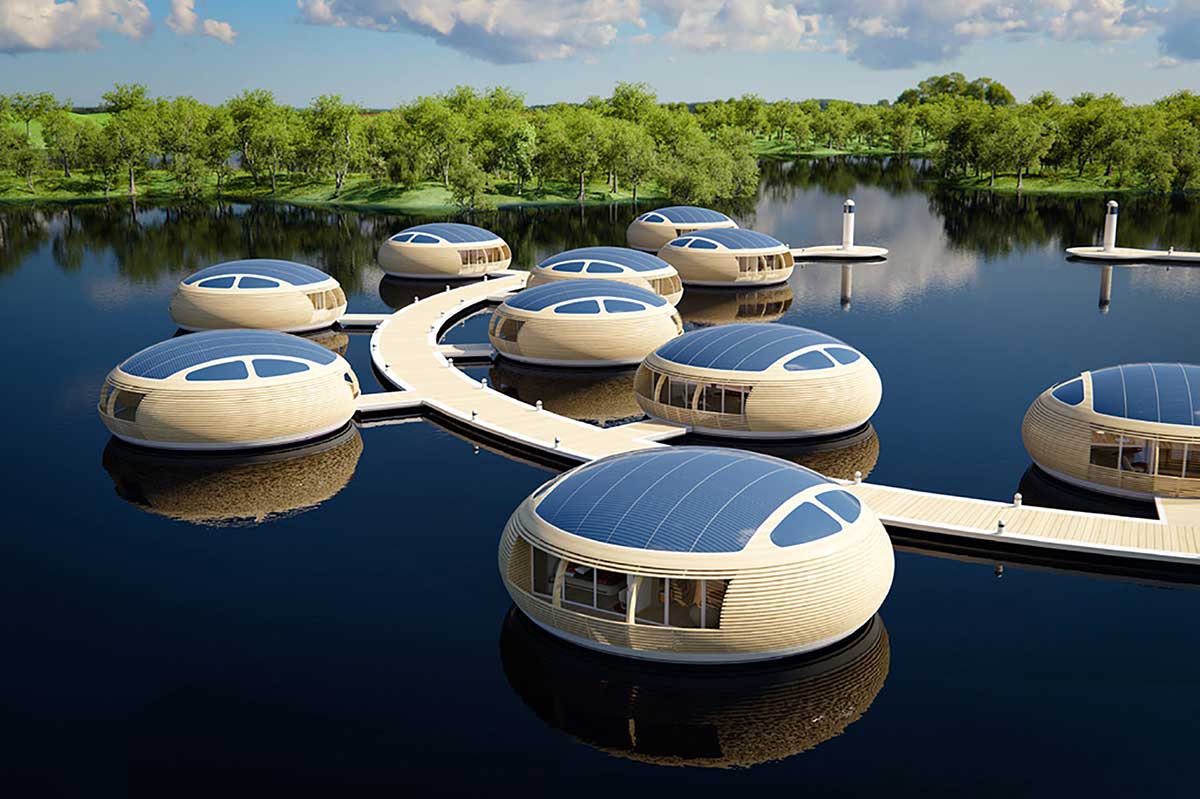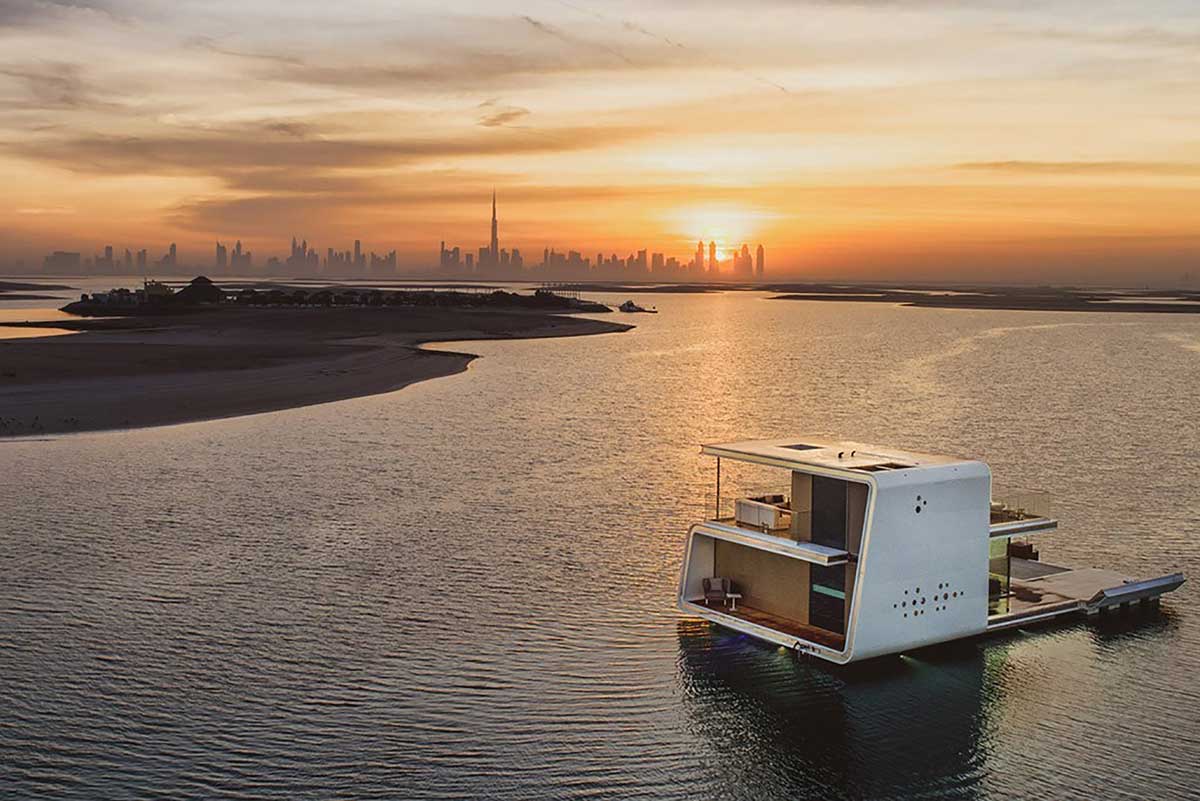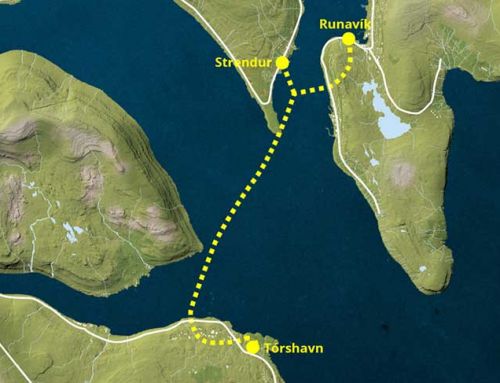In recent years, with the prospect of rising sea levels as a result of the melting of the poles due to global warming, innovation in architecture has often been directed towards the design of floating and/or underwater structures. These design and architectural projects not only face the usual challenges of land-based construction, but must also overcome the conditions imposed by the aquatic environment. Here are some examples:
–Floating Seahorse Villas in Dubai, United Arab Emirates: designed by the architectural studio Kleindienst Group, these villas offer a living room and kitchen on the upper deck, while the bedroom and bathroom are submerged in the water. They offer panoramic underwater views of the surrounding coral and marine life. This architectural project offers the positive aspect of helping biodiversity by creating artificial reefs.
–WaterNest 100, ecological and sustainable: conceptual design by architect Giancarlo Zema for EcoFloLife, WaterNest 100 is an ecological floating housing unit, made from reclaimed and sustainable materials, almost entirely recyclable. Shaped like a nest, this floating home generates its own electricity through solar panels. As a result, the project has a low environmental impact and high energy efficiency.
–Sub-Biosphere 2, a self-sufficient habitat concept: Designed by biologist and philanthropist Phil Pauley, it is a self-sufficient underwater complex designed to sustain human life underwater for extended periods. Ocean research scientists have collaborated to create a complex of eight bioclimatic spheres with controlled atmospheres.

Phil Pauley
–Under: Europe’s first underwater restaurant and architectural marvel, located in Lindesnes, Norway. Designed by architect Snøhetta’s studio, its large window five metres below the surface of the sea offers a perspective of the ever-changing seabed. The building is not only a place to dine, but also functions as a research centre for marine life.
With these innovations in architecture, architects and designers push the boundaries of what is possible and propose solutions to environmental and social problems, with fascinating projects that explore unusual ways of inhabiting our planet.
By Juan Guardiola Cutillas, Senior Architect in the Architecture Department of Amusement Logic
RELATED STORIES
Newsletter





